When to Worry About Flat Feet in Children
Flat Feet in Children: What’s Normal and What’s Not Flat feet are one of the most common concerns parents have when they observe their child’s walking pattern. Many children appear to have little or no visible arch in their feet, especially in the early years. But is this always a cause for concern? Let’s understand when flat feet are normal and when they may need medical attention from a pediatric orthopedic specialist. What Are Flat Feet? Flat feet, also called pes planus, is a condition where the arches of the feet are either very low or completely absent, causing the entire sole to touch the ground while standing. In young children, flat feet are typically flexible—the arch may appear when the child is sitting or tiptoeing but disappears when standing. This is a normal part of growth and usually improves with age as the muscles and bones mature. What Causes Flat Feet in Children? Flat feet in children can be caused by a variety of factors, including: It’s important to differentiate between flexible flat feet (usually harmless) and rigid flat feet (which may indicate an underlying problem). When Is It Normal? Flat feet are typically normal in babies and toddlers. Most children are born with flat feet, and the arches begin to form between ages 3 to 6. In many cases, no treatment is required if: In such cases, flat feet are usually part of natural development and should resolve with age and activity. When to Worry: Signs You Shouldn’t Ignore While many children outgrow flat feet, certain signs indicate the need for a professional evaluation. You should consult a pediatric orthopedic specialist if your child shows: These may be signs of underlying conditions that require early diagnosis and proper treatment. Diagnosis and Evaluation If flat feet persist or cause problems, your orthopedic doctor may perform: Early detection allows for non-invasive treatment and prevents long-term foot, knee, or back issues. Treatment Options for Problematic Flat Feet Treatment depends on the cause and severity of the condition. Common approaches include: Most children with flexible flat feet do not need surgery and respond well to conservative care. Common Myths About Flat Feet in Children Myth 1: All children with flat feet need treatment.Fact: Many children have flexible flat feet that improve naturally over time. Myth 2: Flat feet always cause pain.Fact: Only rigid or problematic flat feet are painful and require medical attention. Myth 3: Special shoes alone can fix flat feet.Fact: Supportive shoes can help, but therapy or orthotics may also be needed depending on the condition. Final Thoughts Flat feet are common in growing children and often resolve without medical intervention. However, if your child experiences pain, avoids activities, or shows signs of structural abnormalities, it’s best to consult a pediatric orthopedic expert. At Child OrthoCare, we specialize in diagnosing and treating foot conditions in children with a focus on early, effective, and child-friendly solutions. Schedule a Flat Feet Consultation at Child OrthoCare Worried about your child’s foot development?Let our experienced team, led by Dr. Nargesh Agrawal, examine, evaluate, and guide you with the right treatment plan. Book an Appointment TodayVisit www.childorthocare.online/contactOr call us for expert care that supports your child’s healthy growth from the ground up.






